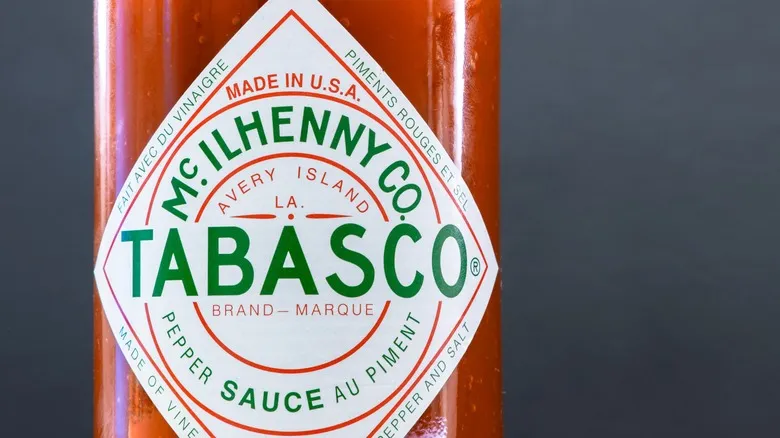Not much has changed with Tabasco in 150+ years
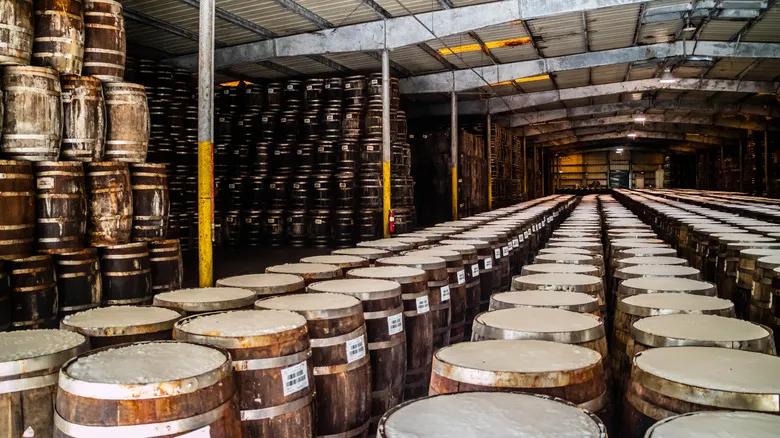
Tabasco brand hot sauce continues to be produced on Avery Island in Southwest Louisiana, just south of my hometown, Lafayette. The sauce is crafted using the same heirloom tabasco seeds that Edmund McIlhenny originally cultivated there. Interestingly, Avery Island is not an actual island but a large salt dome that still supplies the salt used in Tabasco sauce. The land rises above the surrounding landscape and is surrounded by swampland.
The tabasco pepper hails from Mexico and is closely linked to the Mexican state of Tabasco, located in the southeastern region along the Gulf of Mexico. These peppers typically measure between 1 and 2 inches in length and are classified as medium hot—significantly spicier than jalapeños. However, once they are mixed with vinegar and aged in barrels, the resulting sauce is milder. The origins of how Edmund acquired these pepper seeds are steeped in legend, but historical records indicate that a plantation owner near New Orleans was cultivating tabasco peppers as early as 1849.
How to pick a perfectly ripe tabasco pepper
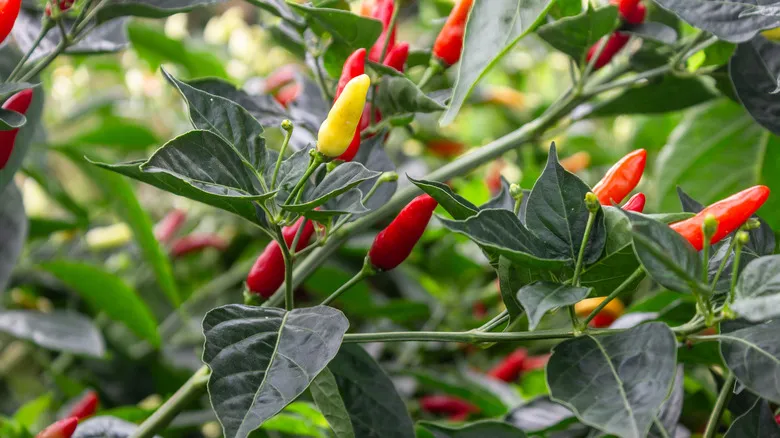
The primary flavor distinction between red and green hot sauce lies in the fact that ripe red peppers have a slightly sweeter profile, while the unripe green peppers offer more herbaceous undertones. For Tabasco sauce, the company aimed for consistency in both flavor and color, necessitating a straightforward method to inform pickers about the peppers that were at their peak ripeness. Their answer was "le petit bâton rouge," or "the little red stick" in English (which should not be confused with the capital of Louisiana, Baton Rouge).
It is not precisely known when the McIlhenny Company first started providing their workers with these wooden dowels painted in the desired red shade for their Tabasco peppers, but they are still utilized today, helping to maintain the sauce's signature color and flavor. If you enjoy this classic condiment but are concerned about its spiciness, you can gradually build your spice tolerance by slowly incorporating heat into your meals.
Recommended

The Little Known History Behind Valentine's Day Conversation Hearts
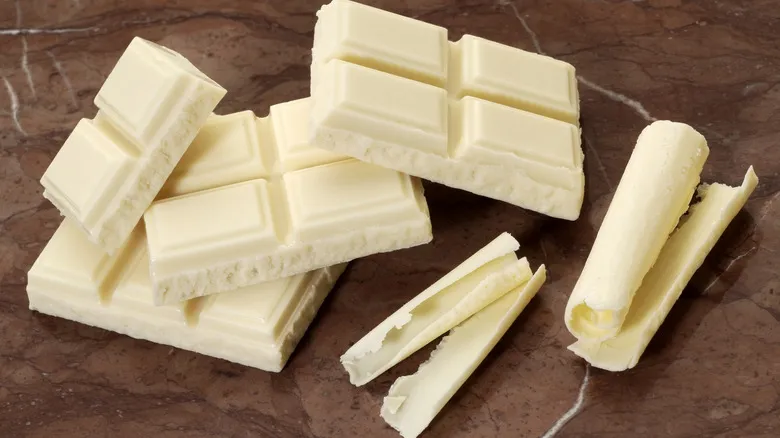
Why The FDA Once Ruled Out White Chocolate As Real Chocolate

How Sierra Mist Evolved Into Starry
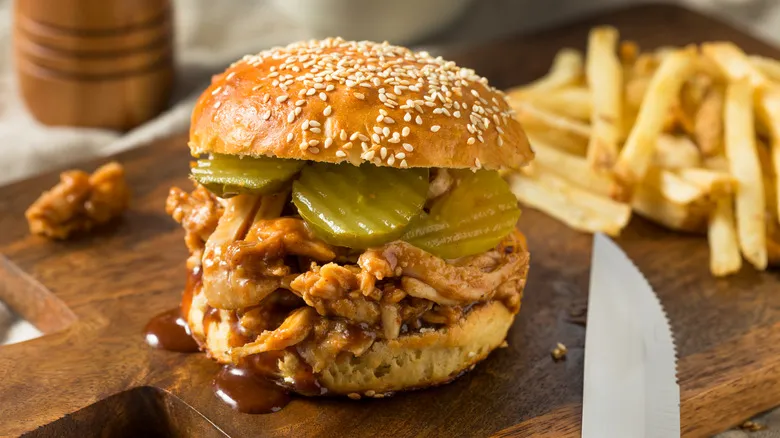
Why Do Sandwich Pickles Have Ridges?
Next up

